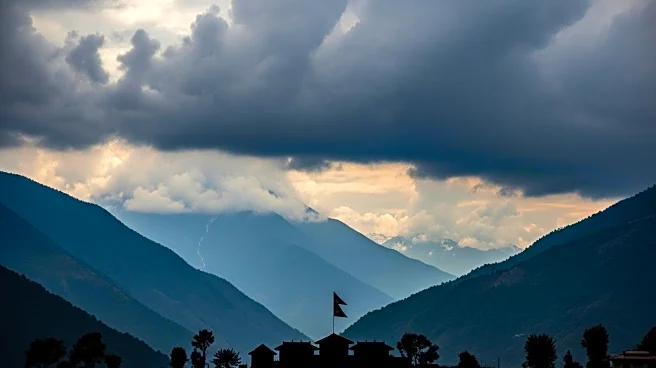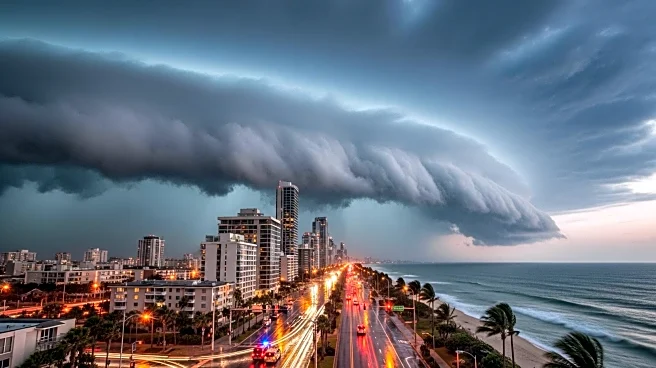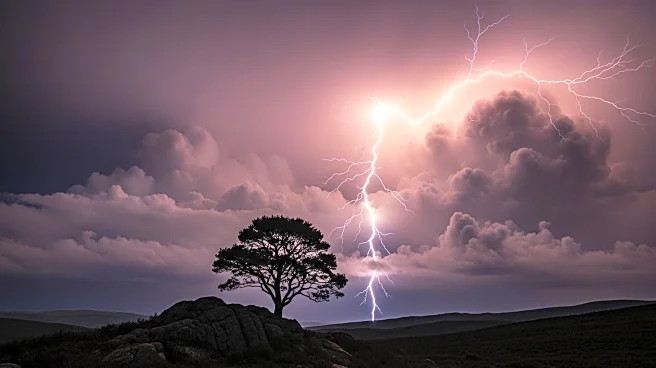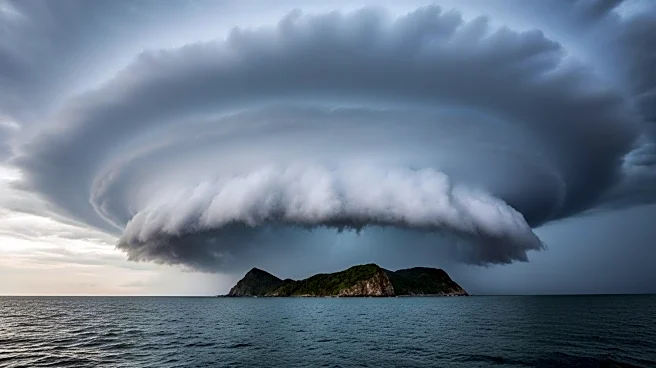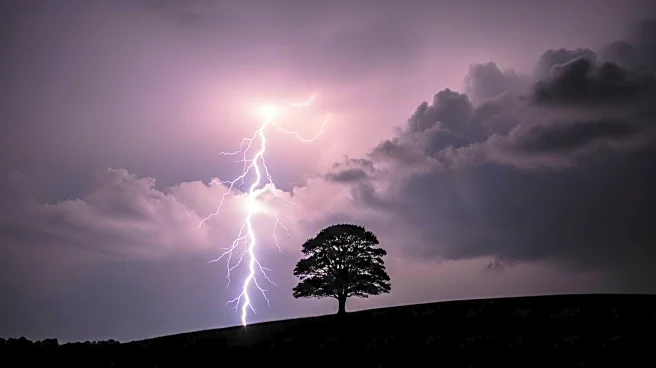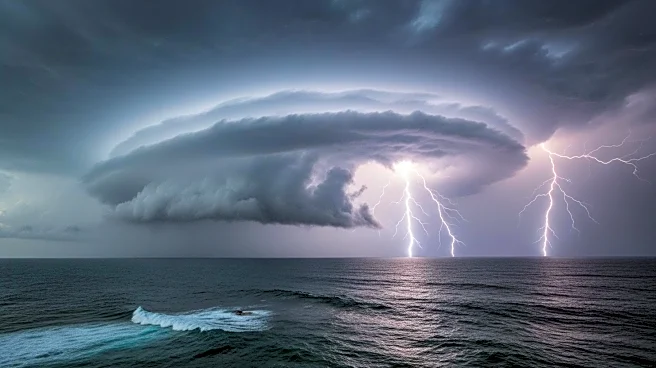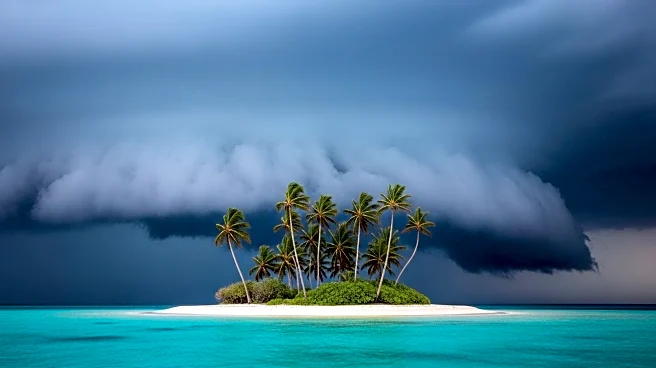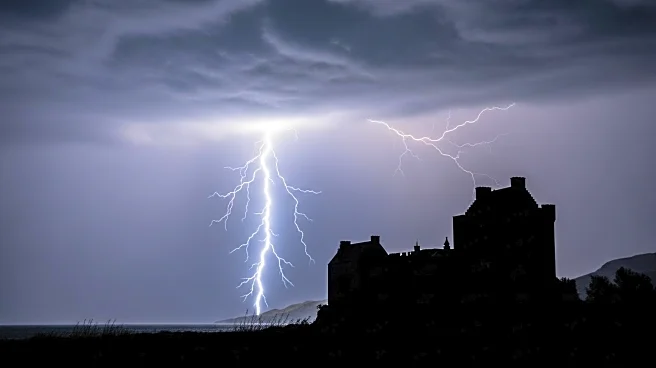What's Happening?
A severe blizzard has trapped nearly 1,000 people on the Tibetan side of Mount Everest, prompting extensive rescue operations. The blizzard, which began on Friday evening, has blocked roads and access to campsites at altitudes above 16,000 feet. Local villagers and rescue teams have been mobilized to clear the snow and facilitate the evacuation of those stranded. The Tingri County Tourism Company has suspended ticket sales and entry to the Everest Scenic Area due to the adverse weather conditions. Meanwhile, across the border in Nepal, heavy rains have caused landslides and flash floods, resulting in significant casualties and infrastructure damage.
Why It's Important?
The blizzard on Mount Everest highlights the extreme weather conditions that can occur in high-altitude regions, posing significant risks to both tourists and local communities. The situation underscores the importance of effective emergency response systems in remote areas. The concurrent natural disasters in Nepal, including landslides and floods, further emphasize the vulnerability of mountainous regions to climate-related events. These incidents could impact tourism, a vital economic sector for both Tibet and Nepal, and may prompt a reevaluation of safety protocols for visitors to these areas.
What's Next?
Rescue operations are expected to continue as authorities work to clear access routes and ensure the safety of those trapped. The situation may lead to increased scrutiny of tourism management practices in high-risk areas, potentially resulting in stricter regulations and improved safety measures. The broader implications for regional tourism and disaster preparedness will likely be assessed by local governments and international agencies.
Beyond the Headlines
The events on Mount Everest and in Nepal may prompt discussions on the impact of climate change on weather patterns in the Himalayas. The increased frequency and intensity of such events could have long-term effects on the region's ecology and economy. Additionally, the incidents may raise awareness about the need for sustainable tourism practices that prioritize environmental conservation and community resilience.

